Search

SDSU Extension hires new farm and food systems specialist
June 25, 2024
South Dakota State University Extension is pleased to welcome Sarah Sellars as a new Specialist in Sustainable Farm and Food Systems.
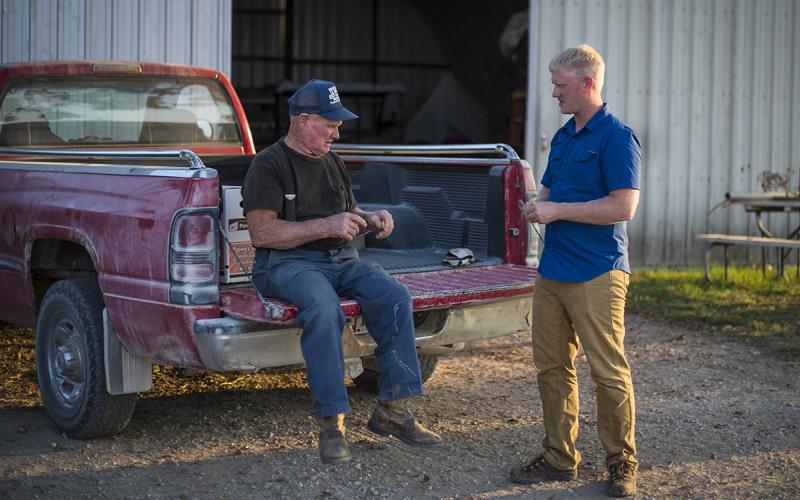
Compensation for Family Members Returning to the Farm
Compensating for management and labor is one of the questions that must be answered when bringing a family member into the family operation.
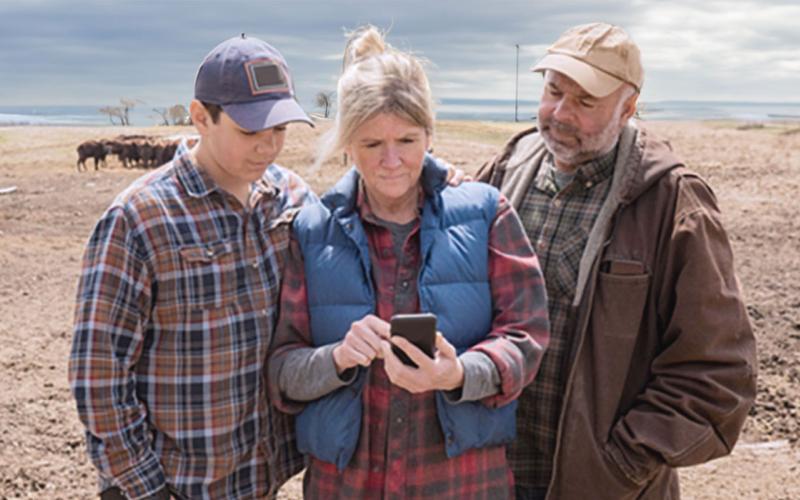
Feed Costs Still a Large Percentage of the Cow Budget
Monitoring, managing, and minimizing feed costs while maintaining a balanced ration is one way to maximize profit potential in the cow herd. Learn some expert tips for creating a least-cost ration.
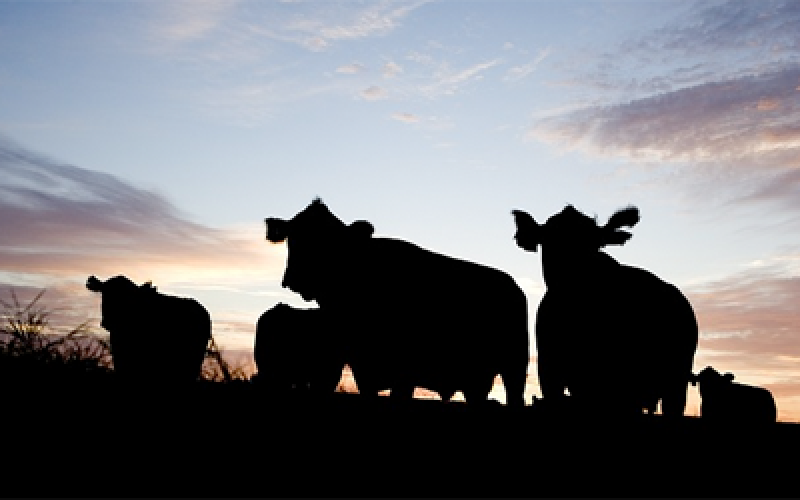
Economic Impact of the Beef Industry on South Dakota
The beef industry in South Dakota makes a significant contribution to economic output and development in the state. As of January 1st, 2012 there were 1,610,000 beef cows in South Dakota. These cows produced 1,710,000 calves during the year and the industry produced an estimated $2,283,766,027 in gross income during 2012 (South Dakota Agriculture 2013).
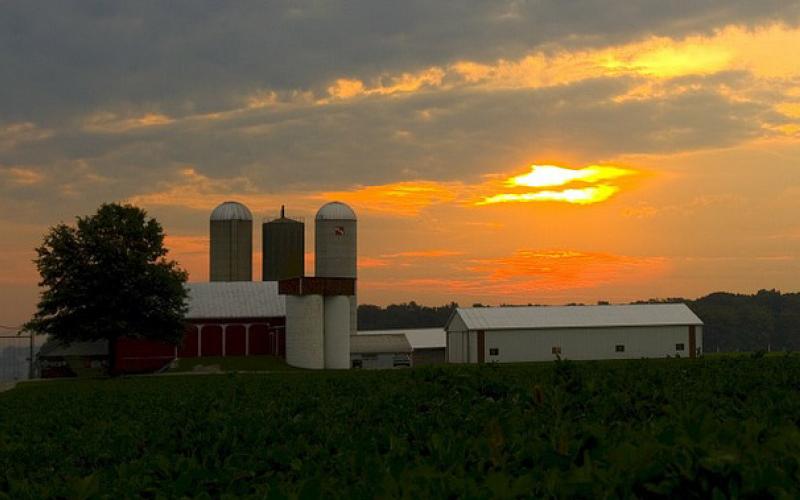
The Economic Impact of Cooperatives in South Dakota
This report estimates the economic impact of cooperatives in South Dakota in 2022. The report’s estimates are based on an input-output analysis from a South Dakota State University (SDSU) survey of cooperatives operating in South Dakota conducted in June of 2023.

SDSU Extension hosting conference for women in agriculture March 1-2 in Fort Pierre
February 05, 2024
The Power of Women as AgVocates Conference is March 1-2, 2024, at the Casey Tibbs Rodeo Center Museum in Fort Pierre. Registration is $75.

Register now for 2024 SDSU Extension Energize conference
February 13, 2024
Registration is open for the sixth annual South Dakota State University Extension Community Vitality Energize Conference on May 22 and 23, 2024, in Hot Springs.
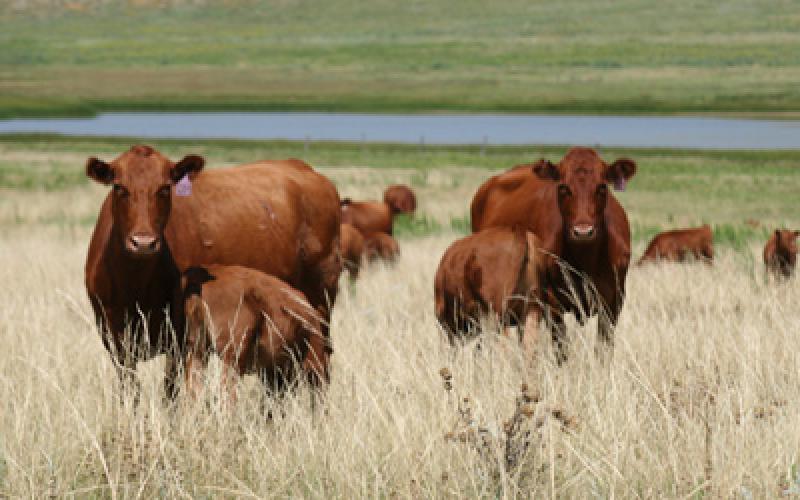
The Cost of Late Calvers
Pounds of beef sold is a key number for cattlemen. Late calvers the cows that drag out the calving season, may cost producers more than extra work and management, they may actually be costing dollars.
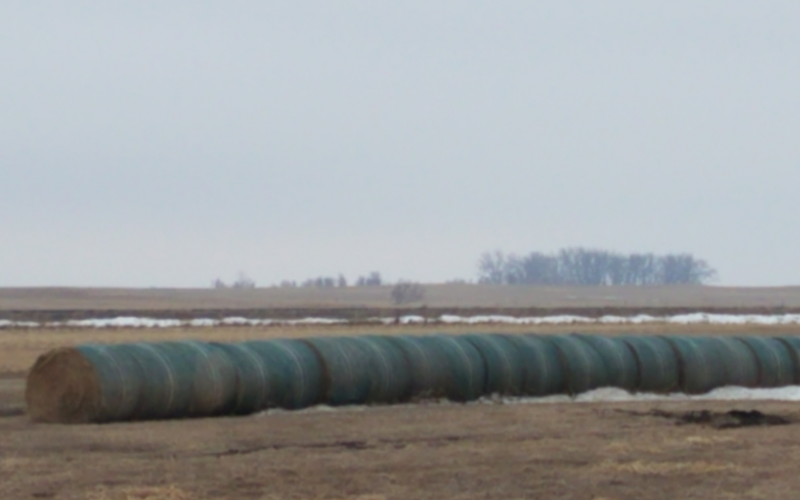
Resources and Options When Feed is Short
SDSU Extension offers resources to help producers find and evaluate feedstuffs to help meet their livestock’s needs.
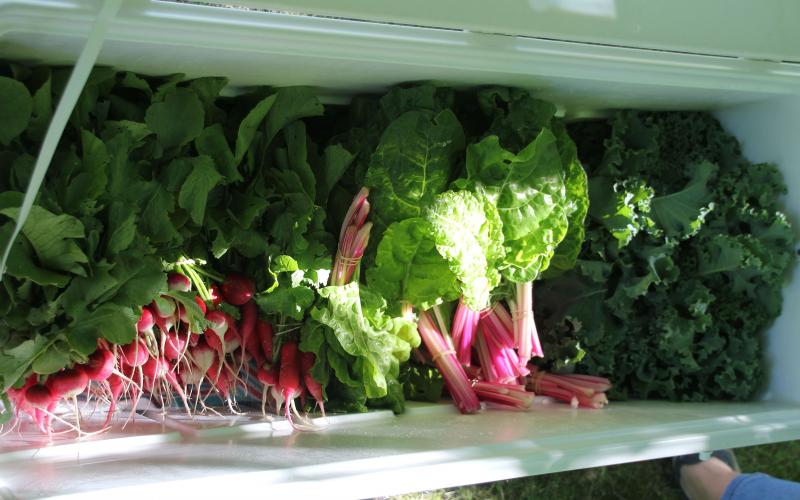
Container Gardens and CSAs
Just about all of us have room to grow a few vegetables, as long as you have some space where they can get good sun exposure for at least six hours a day. You don’t even have to have a garden!